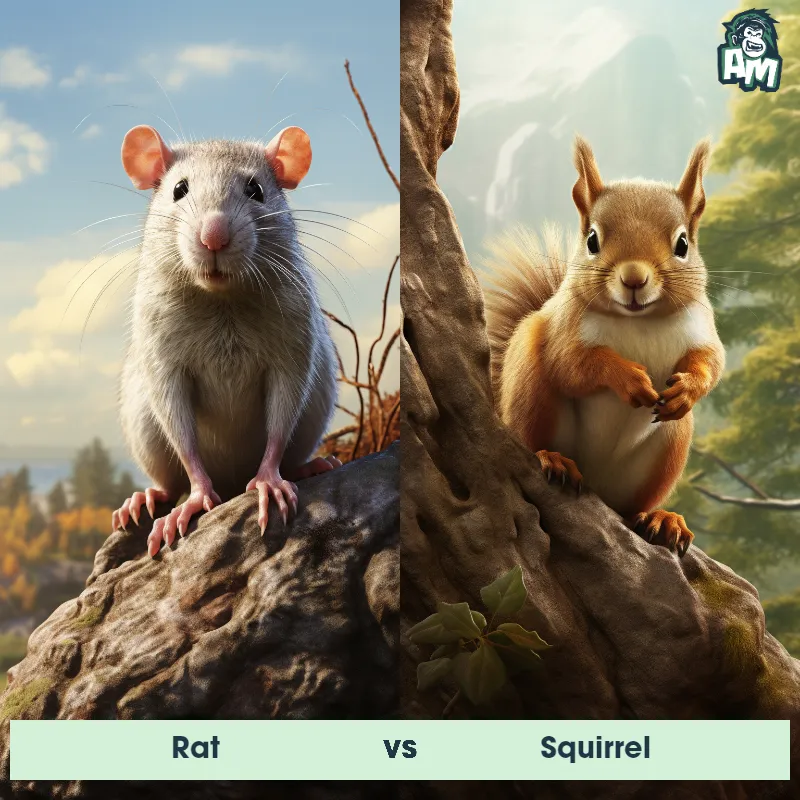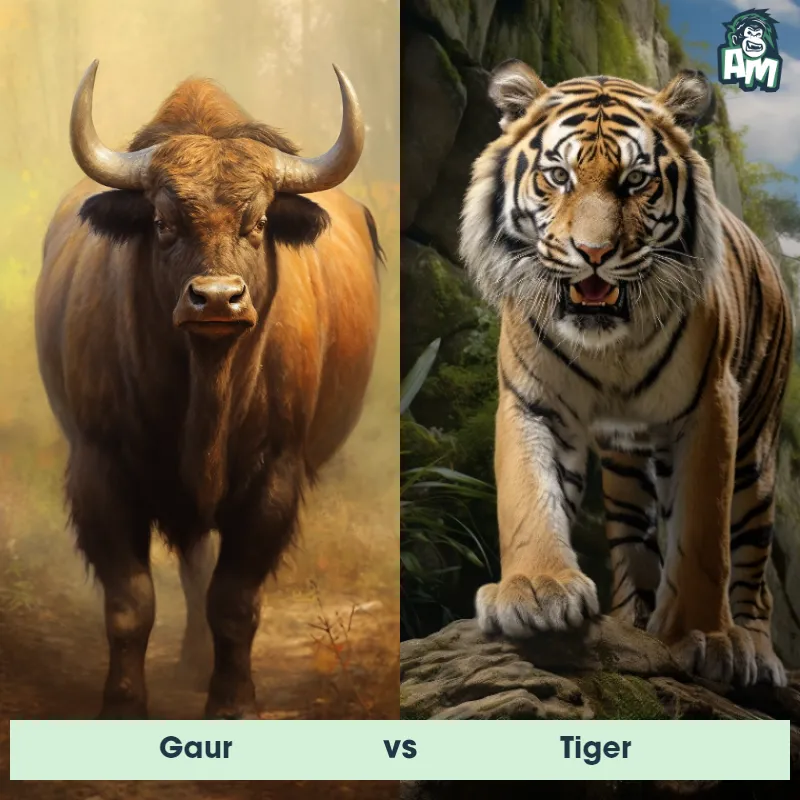Green Anaconda vs TigerSee Who Wins

Ladies and gentlemen, welcome to this epic matchup between a fearsome Green Anaconda and a powerful Tiger. Both of these predators are at the pinnacle of their respective food chains, and tonight we will witness an intense battle between land and water. The anticipation is electrifying as these two lethal creatures prepare to go head-to-head. Let's see who will come out on top in this clash of the titans!
Contender 1: Green Anaconda
The Green Anaconda, also known as the common anaconda, is one of the largest and heaviest snakes in the world, with females growing up to 30 feet long and weighing over 500 pounds. They have a dark green coloration with black oval spots along their back and sides, and their eyes and nostrils are located on the top of their head, allowing them to breathe and see while mostly submerged in water. They are non-venomous constrictors, using their powerful muscles to squeeze their prey to death before swallowing them whole.
Fun Fact: Green Anacondas are excellent swimmers and can stay underwater for up to 10 minutes, using their nostrils to breathe while submerged.
Contender 2: Tiger
The Tiger is a large and powerful big cat, known for its distinct orange coat patterned with black stripes, which are unique to each individual, much like a human fingerprint. Tigers have a muscular build, a heavy head with strong jaws, and a tail that is usually about half the length of their body. The largest species of the cat family, adult male tigers can reach up to 10 feet in length and weigh up to 660 pounds. Tigers are native to various parts of Asia and are adept swimmers, unlike most members of the cat family.
Fun Fact: Tigers are apex predators and primarily consume larger mammals for food, including deer and wild boar; a hungry tiger can eat as much as 60 pounds in one night.
Matchup Stats
| Green Anaconda | Tiger | |
|---|---|---|
| Size | Up to 30 feet (9.1 meters) long | Up to 10 feet in length (3.05 meters) |
| Weight | Over 500 pounds (227 kilograms) | Up to 660 pounds (300 kilograms) |
| Speed | Speed: 5 mph (8 km/hr) | 35-40mph (56-64km/h) |
| Key Strength | Powerful constricting muscles | Strong jaws and muscular build |
| Biggest Weakness | Slow movement on land | Limited endurance for long chases |
Current Votes
Green Anaconda vs Tiger
See Who Wins
View More Matches
Looking For More?
Similar Matches
Scientific Stats
| Green Anaconda | Tiger | |
|---|---|---|
| Scientific Name | Eunectes murinus | Panthera tigris |
| Family | Boidae | Felidae |
| Habitat | Freshwater rivers, swamps, and marshes | Forests, grasslands, and swamps |
| Geography | South America | Asia |
| Diet | Carnivorous, feeding on a variety of prey including fish, birds, mammals, and reptiles | Carnivorous, primarily deer and wild boar |
| Lifespan | 10 years - 30 years | 15 years - 26 years |
Key Differences between Green Anaconda and Tiger
- Body Shape: The Green Anaconda has a long, cylindrical body with a thick midsection and a large, rounded head, whereas Tigers have a more compact, muscular body with a relatively small head.
- Hunting Strategy: Green Anacondas are constrictor snakes, using their powerful muscles to squeeze and suffocate their prey, while Tigers are carnivorous predators that typically stalk and ambush their targets using their agility and strength.
- Size: The Green Anaconda is the largest snake species in the world, reaching lengths of up to 30 feet, while Tigers are much smaller, with males averaging around 9 feet in length.
- Reproduction: Female Green Anacondas are significantly larger than males, reaching around twice their size, and they give live birth to fully-formed live young. Conversely, Tigers have internal fertilization, and females give birth to a litter of usually 2-3 cubs after a gestation period of about 3-4 months.
- Habitat: Green Anacondas are found mainly in swamps, marshes, and slow-moving rivers within the tropical rainforests of South America, while Tigers are primarily found in diverse habitats across Asia, including grasslands, forests, and mangrove swamps.
- Coloration: The Green Anaconda has a dark greenish-brown coloration with black oval-shaped spots along its body, whereas Tigers boast a distinctive orange fur coat with black stripes.
































